
Browne’s Boutique Smoke Room & the Art of Smoking Seafood
Smoking Seafood at Browne Trading
For centuries, fishermen across the world utilized smoking to preserve excess catch that could not be consumed fresh. While this was done under different conditions, the fundamental steps and formulas remain the same.
Over the years, Browne has refined its smoking process to craft the finest smoked fish available. In fact, many customers say our Scotch Smoked Salmon is their favorite smoked salmon of all time.
Our smoked seafood, cold or hot, is completely natural and free of any artificial preservatives.
The Difference Between Cold & Hot Smoking
During a cold smoking process, the temperature of the seafood never exceeds 90°f. This creates a texture similar to sashimi or raw salmon, while imparting a delicate, lightly cured and smoky flavor.
Hot smoking is more akin to a traditional cooking process. The product is gently smoked for two hours at a lower temperature, and then allowed to heat to 145° for a short period. As with cooking, this creates a drier, flakier product, also with the fine flavor of smoke.
Curing the Seafood
Seafood can be cured in two ways: submerged in liquid or covered in a dry rub. Either option infuses flavor and acts as a natural preservative.
For cold smoked products, we hand-apply a dry mixture consisting of salt, sugar, herbs and spices. This dry cure draws out moisture from the seafood, firming its texture and adding flavor.
For hot smoked products, the goal is just the opposite: we submerge the product in a liquid brine to add moisture. The liquid brine helps keep the seafood succulent and flavorful while it is cooked by the high temperatures.
After application, the seafood is left to cure for a few hours to a whole day, depending on the product. After curing, some products are ready to go into the smoker, while others will have their cure rinsed off and be left to dry for several hours.
Smoking Seafood
The key to the smoking process is the type of wood chips used. We use a proprietary blend of fruit and hardwood that naturally enhances the flavor of cured fish.
Our smoking machine was hand built in Europe to our specifications and installed new in 2021. It features an offset smoke producer and smoking chamber, which allows us the highest level of control over the amount and temperature of the smoke. Likewise, an alternating fan system in the chamber ensures that every product in the batch receives a gentle and consistent flow of smoke.
“Cold smoking” occurs when the ambient temperature of the smoke chamber is LOWER than 90°. We keep ours at an optimal 74°, for up to 6 hours. For hot smoked products, we allow the chamber to heat until the products’ internal temperature exceeds 145°, which usually occurs within four hours. At Browne, our boutique smoker produces less than 300 pounds per batch, making it a true artisanal production.
Slicing & Packaging
Once the seafood has gone through the smoking processes, it is cooled on racks overnight.
From there, some products are portioned, individually sealed, labeled, and ready to ship. Smoked salmons are first skinned, trimmed, and sliced before packaging.
Smoked Salmon
Salmon remains the most popular smoked fish in modern cuisine. Its high fat content and unique flesh structure create a naturally luscious texture, with a rich flavor.
Our Atlantic salmon is perfect for smoking because they are fed a stable, nutritious diet & harvested at an ideal maturity. The consistent sizing and quality of our farmed salmon ensure they always have a perfect fat structure for our smoking process.
Cold smoking salmon, fundamentally, is a simple – albeit time-consuming – process. At Browne, from the preparation to the final packaging, our smoked salmon varieties take 4-5 days to make. Our smoke master, Morgan, completes the entire process in house, making this a truly artisanal process.
Featured collection
Scotch Smoked Salmon Sides
Sliced & Whole Sides Available. Approx. 2 pounds. Our Scotch Smoked Salmon Sides make the perfect gift and brunch main dish this holiday season...
View full detailsScotch Smoked Salmon - 8 ounce
8 ounces Our Scotch Smoked Salmon - 8 ounce pack is the perfect portion to share for two. Browne Trading utilizes fresh, farmed Atlantic salmon, su...
View full detailsSmoked Ora King Salmon
1.75-2 pound sliced side Introducing Browne Trading's own Smoked Ora King Salmon. We are proud to bring our #1 product into our own smokehouse, an...
View full detailsSmoked Trout
2 fillets. Approx. 1/2 pound. Farmed-raised in the US, we use gorgeous steelhead trout, hot smoked with soy, lemon, sugar, and garlic for a succule...
View full detailsTraditional Smoked Salmon Side
2.5 pound sliced side Our Traditional Smoked Salmon Side offer a classic, nova style smoked salmon.Using a simple recipe of seaweed, salt, and suga...
View full details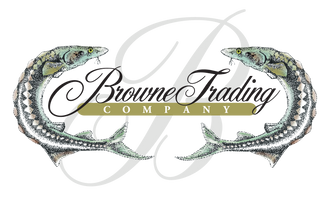
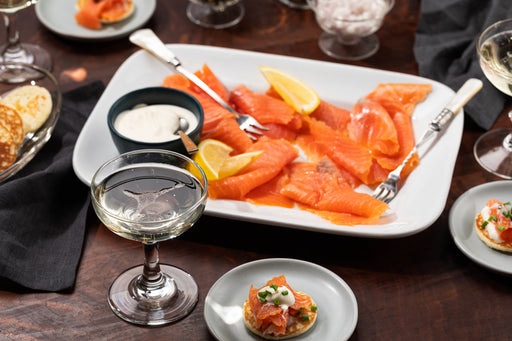
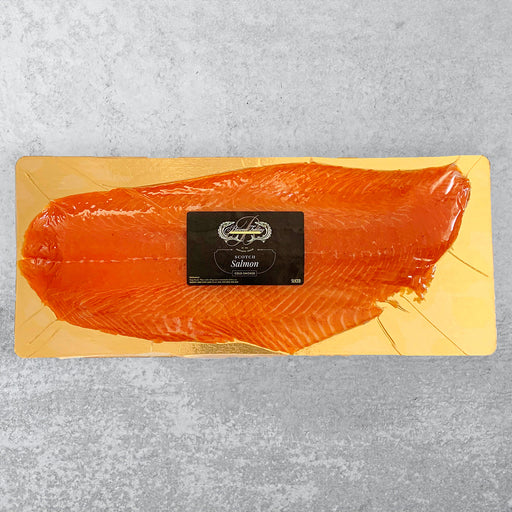
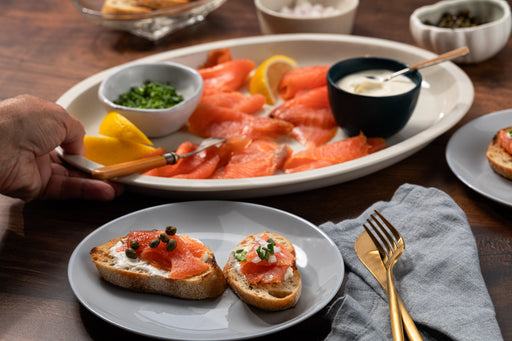
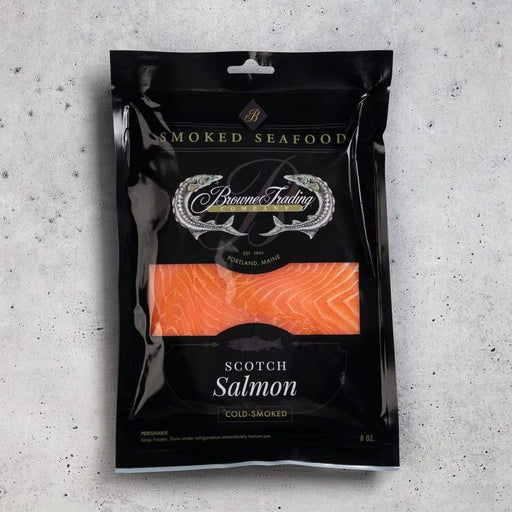
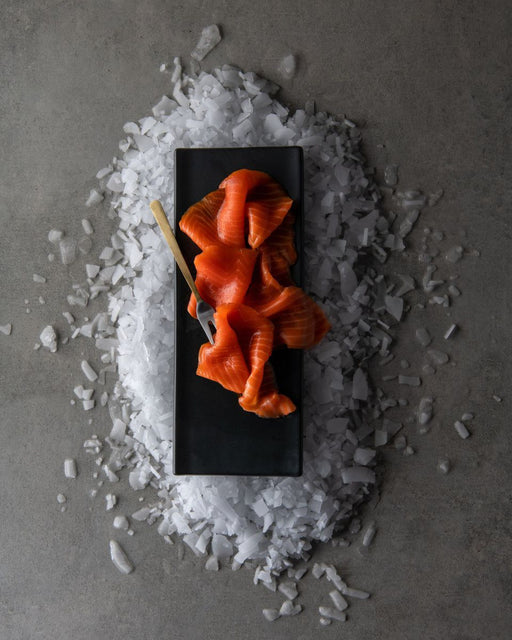
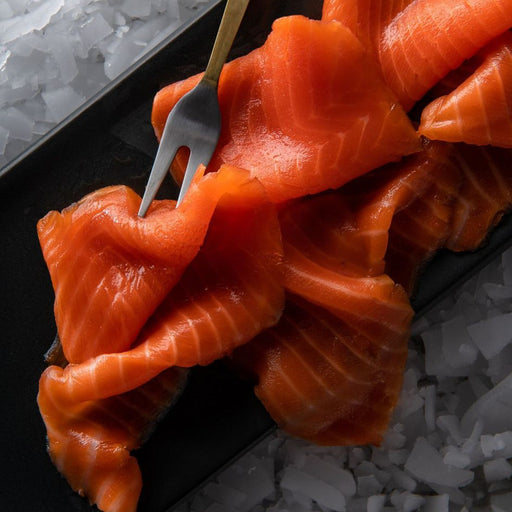
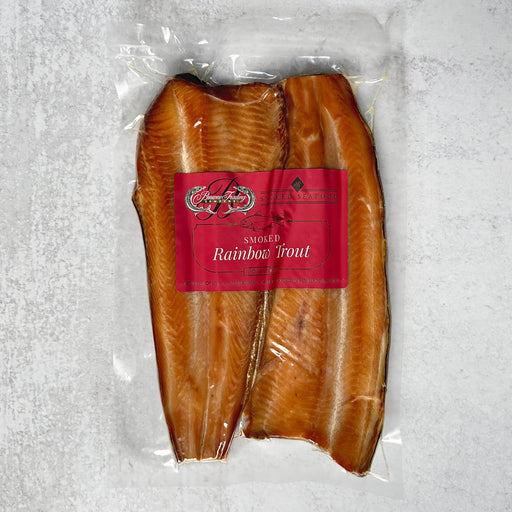
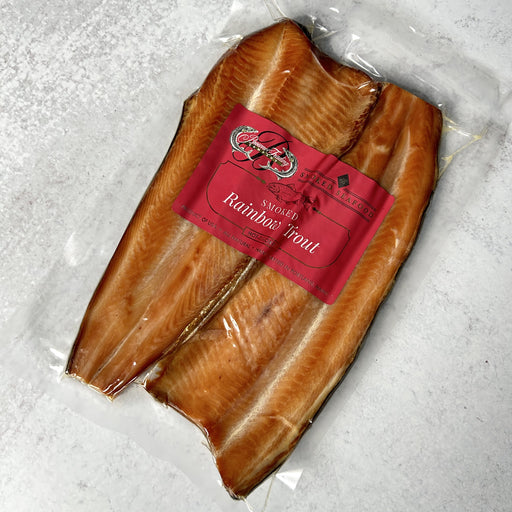
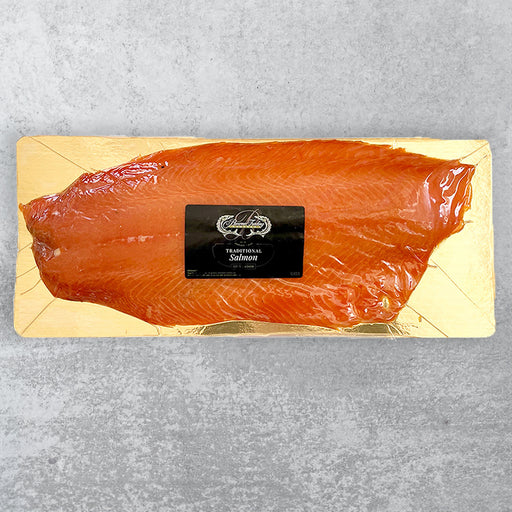
Leave a comment